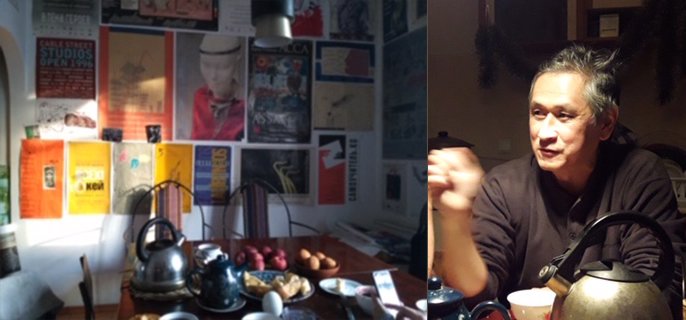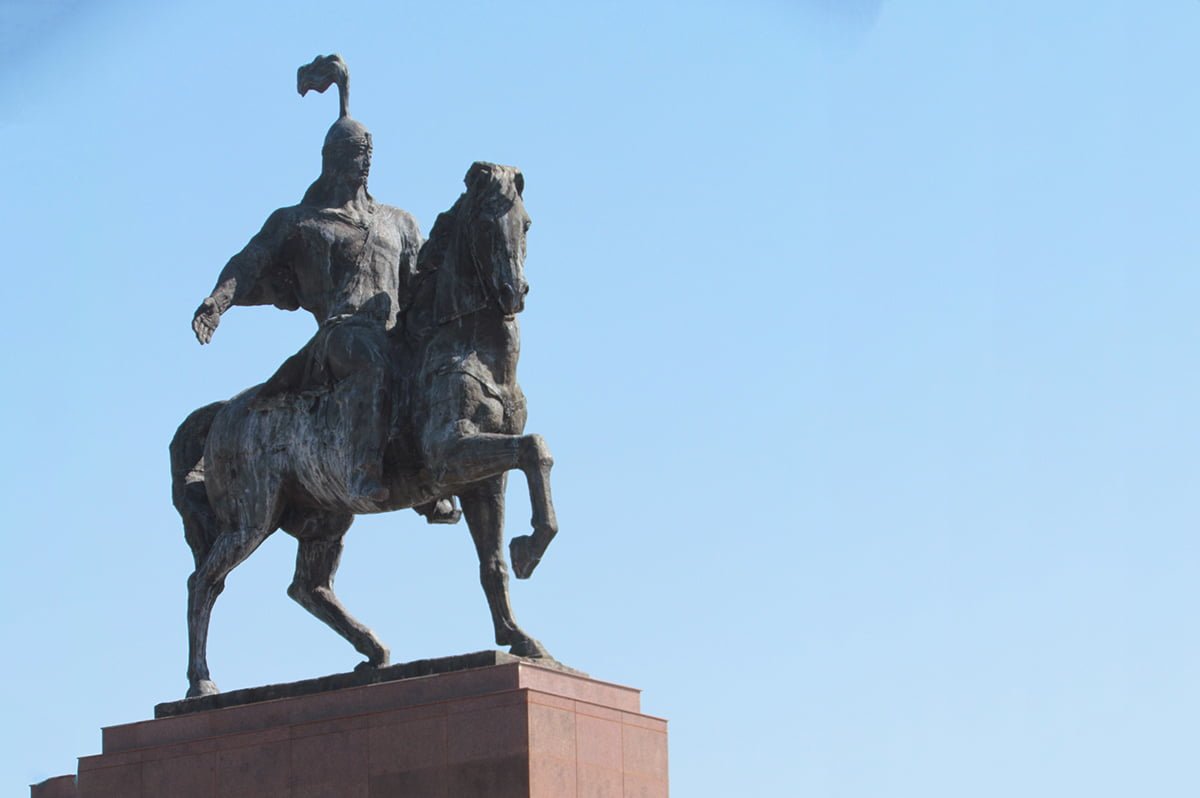-
Why can you buy German bread in Kazakhstan?

A story of mass movements throughout Central Asia, by Nikolai Klassen. Not only is Russia a riddle, wrapped in a mystery, inside an enigma: fragments of the puzzle are also replicated and recapitulated throughout Central Asia, with the five ‘stans’ all bearing idiosyncrasies that point to a past as rich and unpredictable as the present.…
-
Creative Bishkek: Ulan Djaparov

CAF interviews Ulan Djaparov, the godfather of contemporary art in post-Soviet Bishkek.
-
Manas, Memory, and the Making of the Kyrgyz National Myth

How one epic poem has defined Kyrgyz identity.